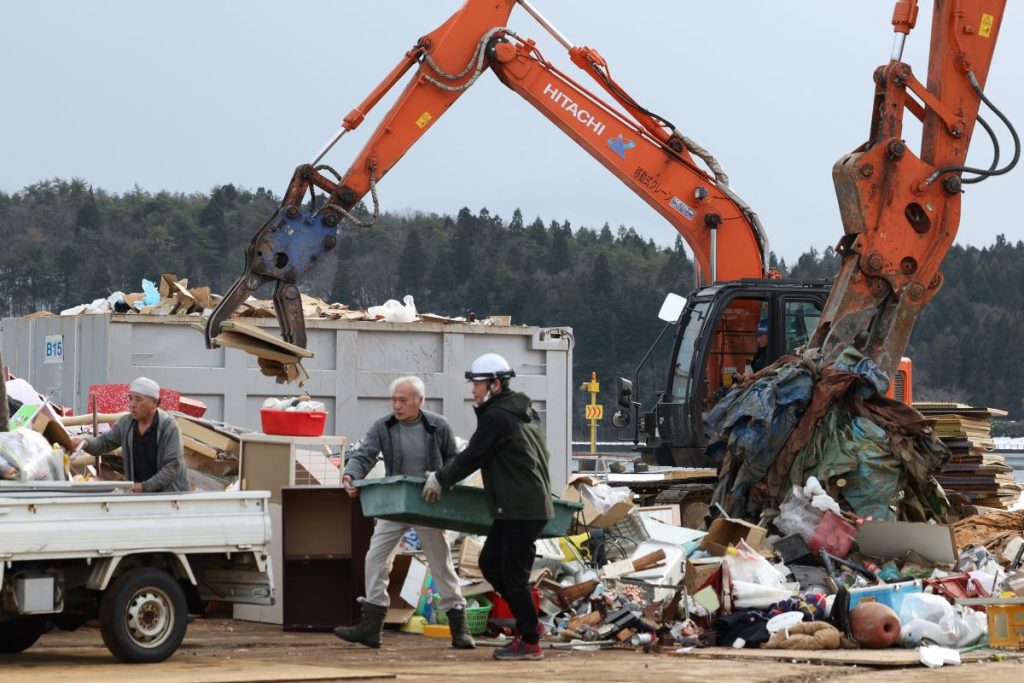このページを 日本語 で読む
Dealing with disaster waste in Ishikawa Prefecture is a big issue. Debris from buildings that collapsed in the Noto Peninsula earthquake and other disaster waste is estimated at 2.44 million tons. Miyagi Prefecture aims to provide support with its "Higashi-Matsushima method" used in the aftermath of the Great East Japan Earthquake of 2011. Despite suffering devastating damage from the massive tsunami, the city of Higashi-Matsushima employed a miraculous disposal method to achieve an early recovery.
Sharing Know-How
"Not only did we manage to clean up and dispose of the waste, but we also linked this to employment for locals. Our methods applied an approach that is now associated with the SDGs. We want to share Higashi-Matsushima's know-how."
So explained Yoshihiro Murai, governor of Miyagi Prefecture at a press conference on February 7. The prefecture has dispatched four employees with expertise in disaster waste disposal to the area affected by the recent quake.
The Higashi-Matsushima method was originally implemented in Higashi-Matsushima, a city on the Pacific coast. A total of 1,110 people from the city lost their lives in 2011, and 23 are still missing. Over 11,000 houses were damaged, with about 65% of the city area inundated by the tsunami.
The Higashi-Matsushima Method
In the immediate aftermath of the earthquake disaster, Higashi-Matsushima focused on resource utilization of waste. The city implemented exhaustive sorting, urging survivors to sort waste meticulously before bringing it to temporary storage sites.
Mixed waste generated by the tsunami was sorted into debris and sediment, then separated into 19 categories by hand. The city achieved a high rate of recycling while also keeping costs of treatment down.
It simultaneously employed residents to do the sorting, providing employment opportunities.
59 Years' Worth of Waste
In the recent Noto Peninsula earthquake, just four municipalities in the heavily affected Noto region account for roughly 60% (1.5 million tons) of total estimated disaster waste. This volume of waste is equivalent to about seven years' worth based on the annual output for the whole prefecture.
For the region, the amount corresponds to a whopping 59 years' worth of waste. The prefecture plans to utilize maritime transport and promote wide-area treatment in locations outside the prefecture as well. Late fiscal year 2025 is the goal date for completion.
Disasters are linked to the generation of a high volume of waste. Approximately 15 million tons of waste were generated in the Great Hanshin Earthquake of 1995. Likewise, the Great East Japan Earthquake generated about 20 million tons (excluding tsunami deposits), and 3.1 million tons resulted from the Kumamoto Earthquake of 2016.
このページを 日本語 で読む
